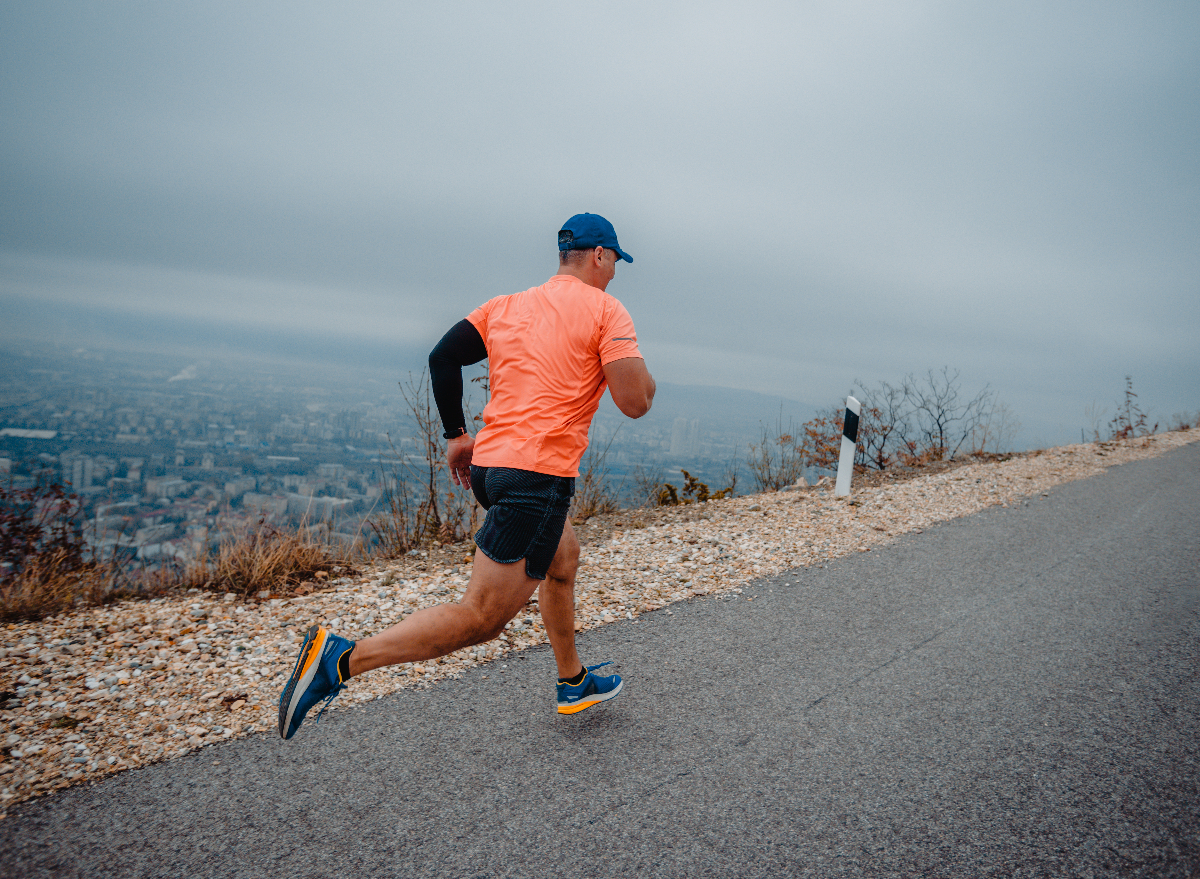Managing Common Running Discomforts: Causes, Solutions, and Prevention
As runners, we usually encounter various discomforts that can impede our efficiency and pleasure of this exercise. From the debilitating pain of shin splints to the nagging IT band syndrome, these usual operating discomforts can be frustrating and demotivating. Comprehending the causes behind these ailments is essential in effectively addressing them. By checking out the origin factors for these operating pains, we can discover targeted solutions and safety nets to guarantee a smoother and much more fulfilling running experience (a fantastic read).
Usual Running Pain: Shin Splints
Shin splints, a common running pain, often arise from overuse or improper shoes throughout physical task. This problem, medically recognized as medial tibial anxiety syndrome, manifests as pain along the internal side of the shinbone (shin) and prevails among professional athletes and runners. The repetitive anxiety on the shinbone and the cells attaching the muscles to the bone causes inflammation and pain. Runners that rapidly increase the intensity or period of their workouts, or those who have level feet or improper running strategies, are particularly at risk to shin splints.
To stop shin splints, people must slowly enhance the strength of their workouts, use appropriate shoes with correct arch support, and keep versatility and strength in the muscle mass bordering the shin. If shin splints do take place, initial treatment involves rest, ice, compression, and elevation (RICE) Additionally, integrating low-impact activities like swimming or biking can assist keep cardio physical fitness while enabling the shins to recover. Relentless or extreme situations may require medical examination and physical therapy for effective management.
Usual Running Discomfort: IT Band Syndrome
In addition to shin splints, one more prevalent running pain that professional athletes frequently come across is IT Band Disorder, a condition triggered by swelling of the iliotibial band that runs along the external thigh and knee. IT Band Disorder generally materializes as pain on the exterior of the knee, specifically during activities like running or cycling. The iliotibial band is a thick band of fascia that links the hip to the shin, and when it comes to be swollen or tight, it can massage against the thigh bone, resulting in discomfort and discomfort.
Runners experiencing IT Band Disorder may discover a stinging or hurting sensation on the external knee, which can intensify with continued activity. Variables such as overuse, muscular tissue discrepancies, inappropriate running kind, or inadequate workout can add to the growth of this problem.
Typical Running Discomfort: Plantar Fasciitis

Plantar Fasciitis can be credited to various aspects such as overtraining, improper shoes, working on hard surface areas, or having high arches or flat feet. To prevent and alleviate Plantar Fasciitis, joggers can integrate stretching workouts for the calves and plantar fascia, put on helpful shoes, maintain a healthy weight to lower pressure on the feet, and progressively increase running strength to avoid sudden anxiety on the plantar fascia. If symptoms persist, it is advised to speak with a health care expert for proper diagnosis and treatment alternatives to resolve the problem successfully.
Common Running Discomfort: Jogger's Knee
After addressing the challenges of Plantar Fasciitis, an additional widespread problem that runners usually deal with is Jogger's Knee, a typical running pain that can hinder sports efficiency and cause pain throughout physical activity. Jogger's Knee, also understood as patellofemoral pain syndrome, manifests as pain around or behind the kneecap. Runners experiencing this discomfort may feel a dull, hurting discomfort while running, going up or down staircases, or after prolonged durations of resting.
Typical Running Pain: Achilles Tendonitis
Frequently affecting runners, Achilles Tendonitis is an unpleasant condition that impacts the Achilles ligament, triggering pain and prospective restrictions in physical task. The Achilles ligament is check my reference a thick band of cells that attaches the calf muscles to the heel bone, essential for activities like running, leaping, and walking - great tips. Achilles Tendonitis typically develops due to overuse, incorrect footwear, inadequate stretching, or abrupt increases in physical activity
Signs And Symptoms of Achilles Tendonitis include pain and stiffness along the tendon, especially in the morning or after durations of lack of exercise, swelling that worsens with activity, and potentially bone stimulates in chronic situations. To avoid Achilles Tendonitis, it is crucial to stretch properly in the past and after running, wear suitable footwear with correct assistance, progressively enhance the intensity of exercise, and cross-train to reduce repetitive tension on the tendon. Therapy might entail remainder, ice, compression, elevation (RICE method), physical therapy, orthotics, and in severe cases, surgery. Early treatment and proper care are essential for managing Achilles Tendonitis successfully and avoiding long-term difficulties.
Final Thought
